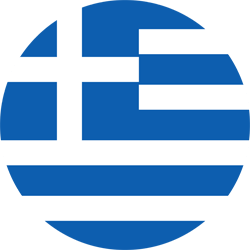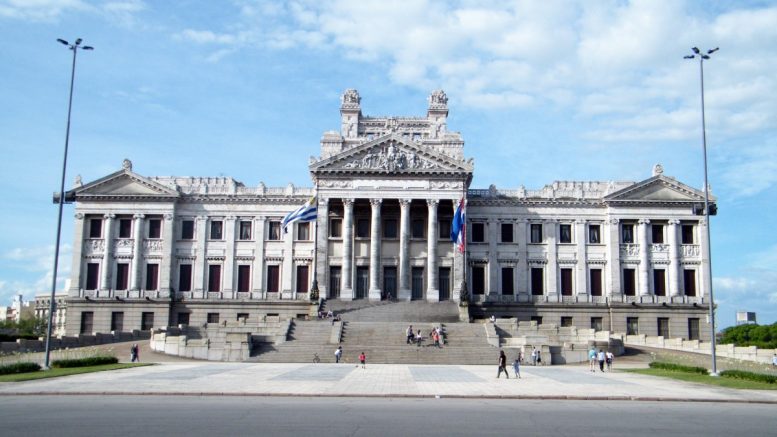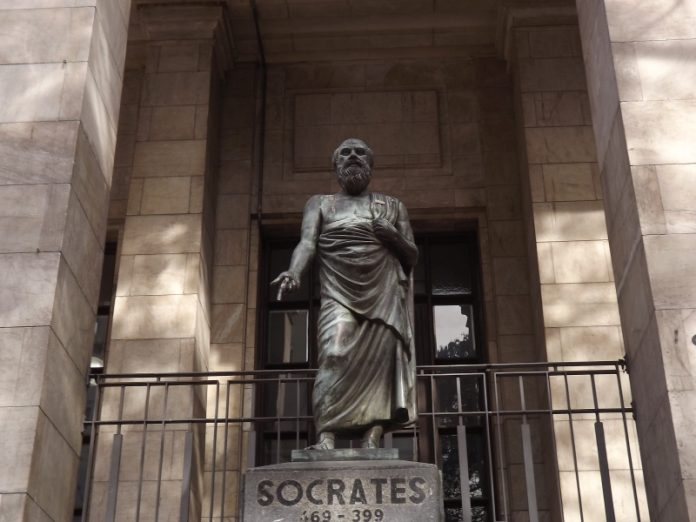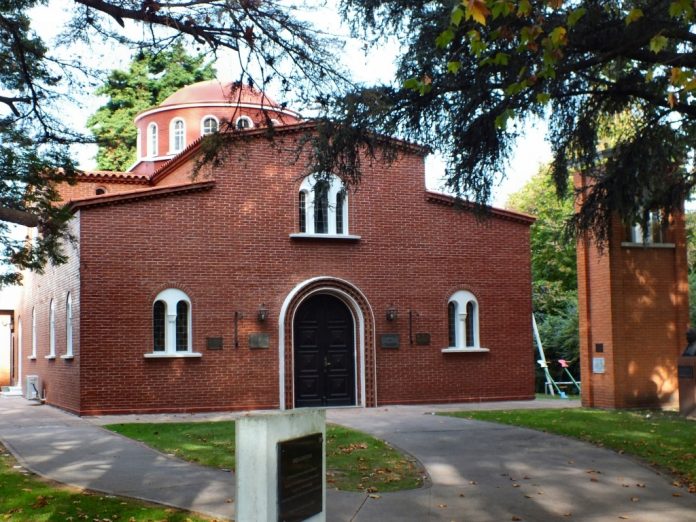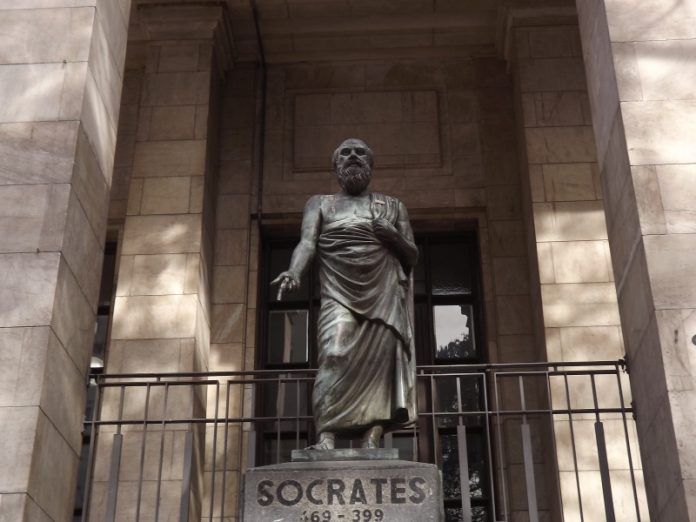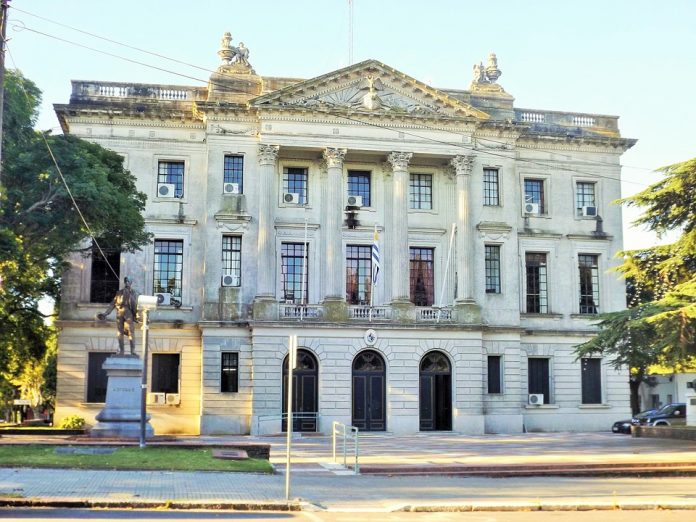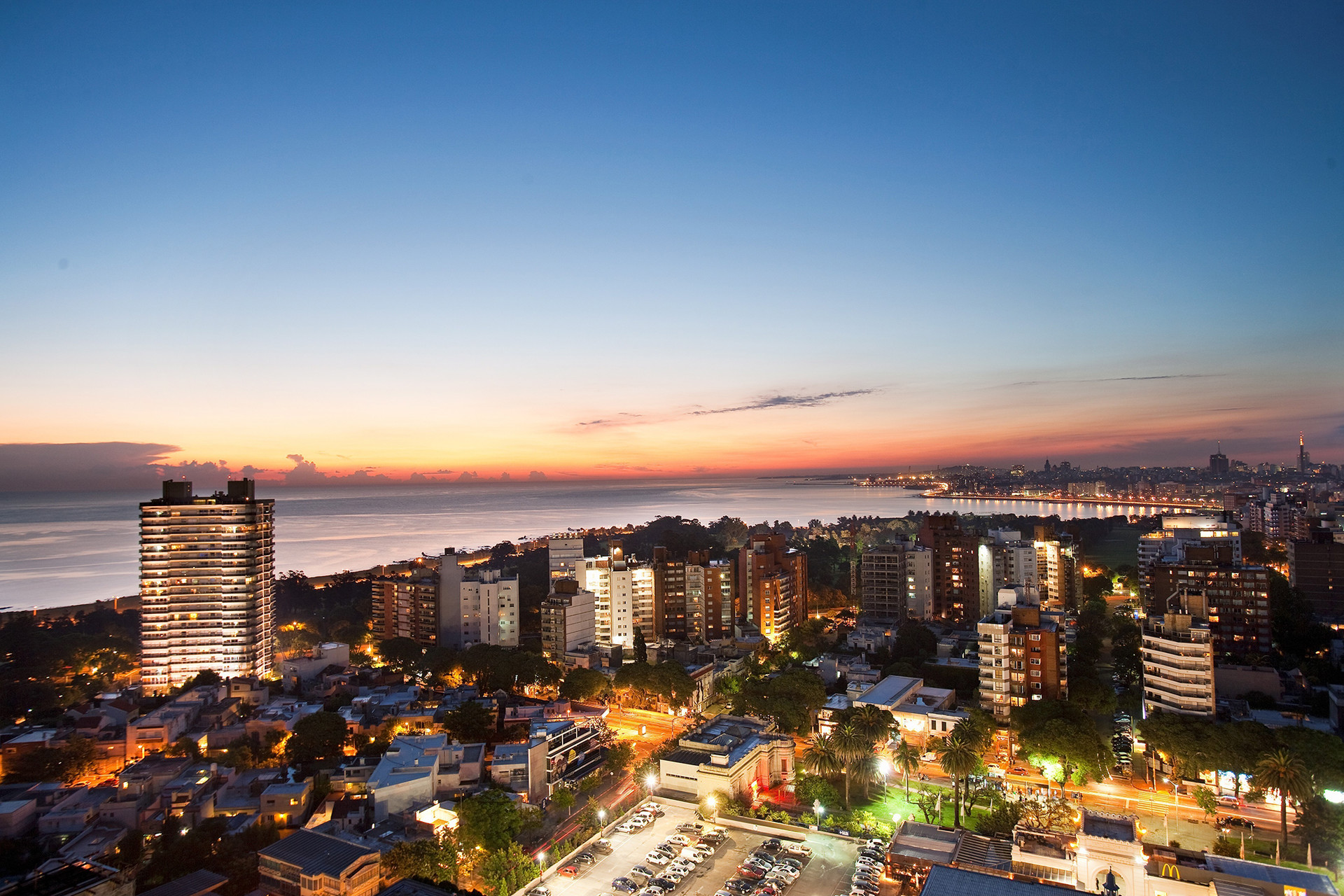[:el]In the small country οf Uruguay and among the 3,500,000 million people, at least 6,000 speak fluent Greek, many of them are familiar with Ancient Greek and numerous streets and squares have Greek names, while statues of ancient philosophers adorn the public buildings of the country.
The Greek Community of Uruguay, which celebrated its 100th anniversary, was founded in June 2016 and was the first officially recognized organized structure of Greeks in South America. The citizens themselves do not define themselves as “philhellenes”, but as “Greek fans”. According to a Eurostat survey, most of Uruguay responded that it is culturally identifiable with Europe and that Greece is EU’s first country that comes to mind.
The country of Latin America, in the 1950s and 1960s, received many Greek immigrants. Ships with many Greek seamen and immigrants, who wanted to create a better life on the other side of the Atlantic, arrived at its harbor. According to written testimonies, Chimariotis Demetriou was the first Greek who settled in Uruguay, in 1687. He changed his name, initially to Mitropoulos, and later became known as “Miter”. Four years after the Revolution of 1821, Antonis Varkas, a native of the Dodecanese, participated in the campaign of 33 Uruguayans who meant to release Brazil from the occupation.
In the middle of the 19th century, numerous Greeks helped Uruguay in its struggle for Independence. The first Greeks who migrated to the small Latin American country found work at the ports of the country, the Montevideo slaughterhouses and stone-founder factories. Later, they opened their own businesses.
But there were also great personalities of Greece who visited or invested in Uruguay. For a short time, the legendary “Hercules”, Panagis Koutalianos, lived in the country and in the 1920s, Aristotle Onassis and Smyrnios Nicolas Konialidis, who settled in Buenos Aires, Argentina, expanded their business activities in neighboring Uruguay. In fact, his brother Konialidis, Constantine, created in Montevideo the largest pre-war enterprise in Uruguay. K. Konialidis was one of the most important benefactors of the Greek community, while his descendants continue to actively contribute to the community and to the efforts of spreading Greek culture and spirit.
Today in Uruguay, there are more than 3,500 thousand second-or-third-generation Greek immigrants, as well as a large number of native speakers who speak the Greek language. “Hellenism found a welcoming place, greeted the Greeks in a very nice manner and gave them confidence for the future,” said today’s president of the Hellenic Community, Dimitris Linas, to ANA-MPA. “Uruguayans not only have a friendly attitude towards Greece, but they love everything Greek-related, it is part of the education they have received, we experience it every day,” he underlined.
On the front of a neoclassical building, “Athenian” is written, while in a park, called Athens, located on the seaside of the capital, there is a bust of Homer, while the Uruguayans have knowledge of the modern Greek world, of the letters and the arts. Every bookstore in the country, even the smallest, always has Nikos Kavvadias, Cavafy and Ritsos’ books.
Characteristically, Montevideo has 23 road names that have been borrowed from ancient philosophers, while the most central road is called “Greece”. Two squares of the Capital have been named “Athens Square” and “Square of Greece”. The statue of Socrates adorns the entrance of the National Library of Montevideo, built according to the ancient Greek Doric architectural style.
Even a public school in the country is called “Grecia”, all of whose students are Uruguayan children. This, however, does not prevent them from celebrating the national holidays of Greeks, every 25th March and 28th October, performing school events, singing and reciting poems. The students of “Greece” have also learned the National Anthem of Greece and, as it seems small compared to the Uruguayan one, they have learned a lot of verses of the “Hymn of Freedom” by D. Solomos.
Recently the publication entitled “First 100 Years of the Greek Community of Uruguay” was presented, where former presidents of the country and other personalities have written articles on Greek culture and the history of the community. The event unveiled the Uruguayan postage commemorative stamp for the 100-year-old Greek community. A lot of important people attended the event, and, among others, there was the former president of the country, Luis Herrera, the Ambassador of Greece to Uruguay, Alexandra Papadopoulou, and Nikos Konialidis, whose family has greatly benefited the community.
The Greek community has a school, at which two Greek teachers teach, a hall of events, a church dedicated to Agios Nikolaos, a dance group, an orchestra, a football pitch and a volleyball court. Entrepreneurs of Greek descent, active in shipping, import, export, and textiles, have left their mark on the economic life of Uruguay. Greeks are “captains” in three major shipping companies, the Tsakos Group and Navios and Lavinia.

